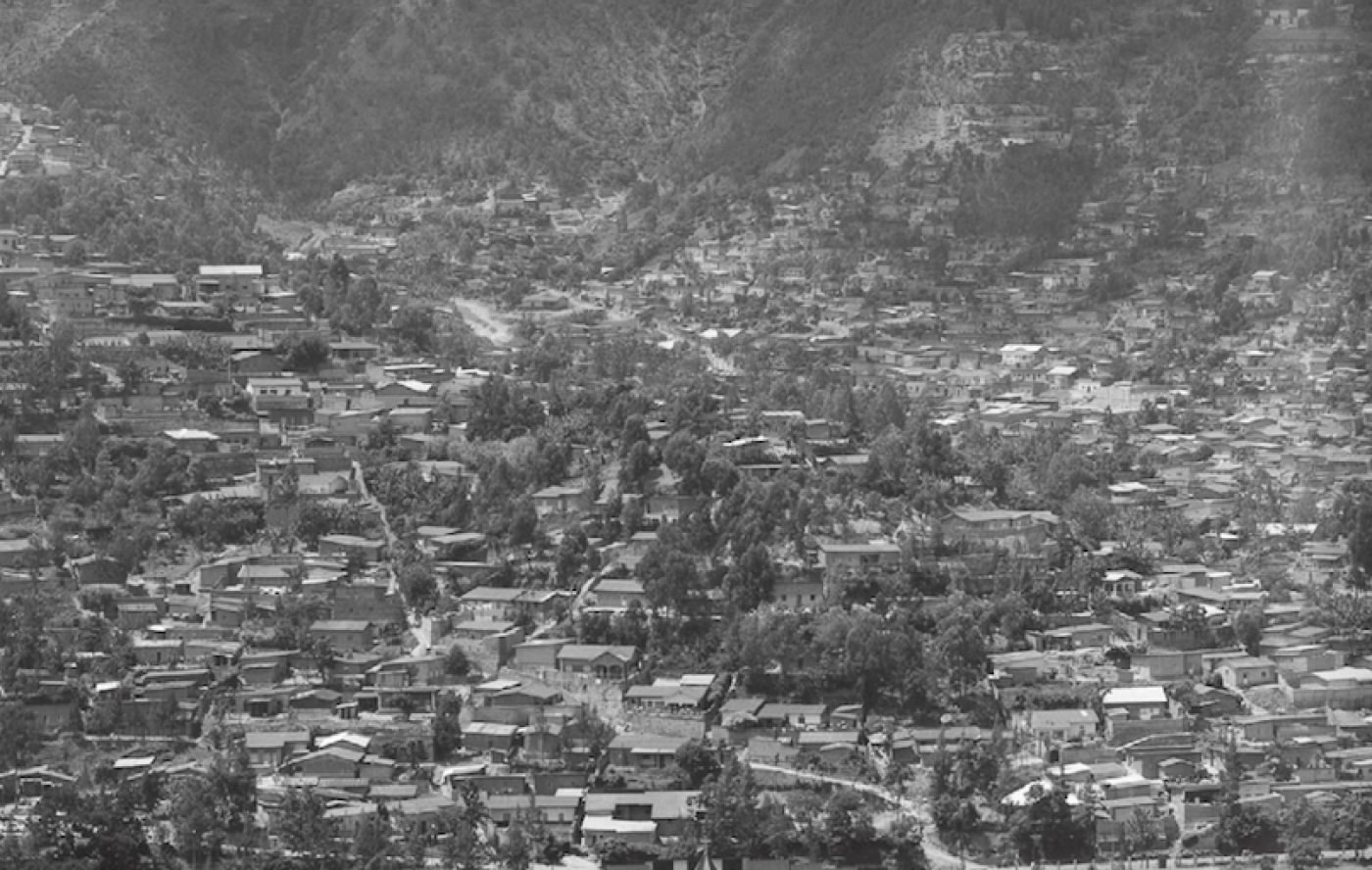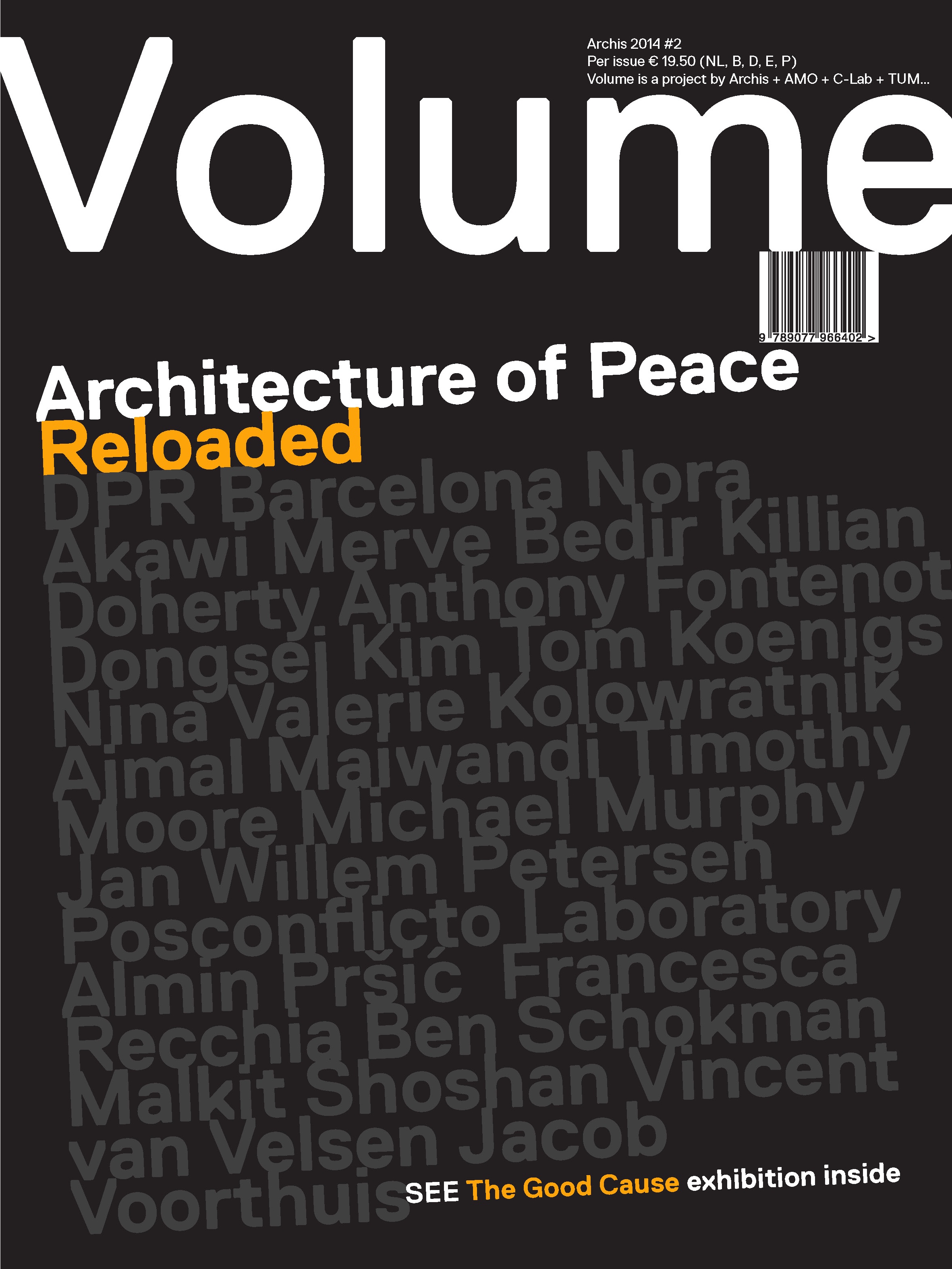Loaded

The busier this globe gets, the more impact disturbances have. Take the recently published UNHCR figures on refugees. An all time record – for as far as these statistics date back to (1986) – of over fifty million refugees worldwide. This is a massive stream of people on the run, mainly caused by violence. More than the entire population of South Korea, or South Africa, or Spain. It is a disturbing and sad figure of course, but why did we pay attention, why did it hit the news? Because the exceptional attracts attention, not a condition per se.
Reading about this, a whole series of questions came to my mind. What is the difference between a refugee and an asylum seeker (the report differentiates between fifty million refugees and 1.2 million asylum seekers) and does that make a difference on a humanitarian level? Is the figure indicative of a more violent world today (some research suggests that we’re living in a safer world than ever before) and should we look at this subject in terms of the number of conflicts, the number of people affected, or the risk per capita, per region, or per ethnic background?
The moment you zoom in on a remarkably round figure like fifty million its simplicity and directness evaporate. So it is a matter of framing to get the message across.
And this is precisely why the subject of this issue of Volume is such a wicked one: the role of architecture in the context of post-conflict reconstruction. There is no simple message, no record to break; there is only complexity to present. Take a look up close. Construction, consciously designed or not, is intimately connected to the post-conflict condition. The local situation is usually fundamentally changed by the conflict – after, it is a different world. But physically the more profound change happens after the armistice and the start of peacekeeping. Peacekeeping itself is a major influence, bringing in a modernity that was not asked for by at least part of the population. Then, various flows of people are changing the scene (the homecoming of demobilized combatants, the return of refugees), creating a huge demand for housing that drives both speculation and construction. There is of course destruction to cope with – to replace what has been lost (should we rebuild or reconstruct, should we erase or restore? Dilemmas). And then all sorts of unregulated streams of capital flow mostly solidified in property construction. The list is incomplete, but the picture is clear in its blurriness and confusion.
It is not easy to frame this in simple terms as challenge or task. The situation is complex and so is the role of architecture. To understand this complexity is crucial for any contribution or intervention in this arena aiming at a positive effect in the long run. If Volume 26 was a cry for attention to this very subject and indicating some major themes, Volume 40 is a zoom-in on what’s happening on the ground. We actually wanted to look at a longer period, from initial intervention up to the point where a society is stable and self-sustaining again, but contributors were reluctant to address this time span. It is difficult of course. There is no laboratory to try out various architectural solutions and test their outcome in an objectively comparable way. On the other hand, if intention and result are in concord, that can be taken as an indication that the project was not wrong.
In the exhibition that followed Volume 26, called The Good Cause, we gathered projects we think are convincing contributions, believable attempts towards a positive peace. This exhibition, created for the CCA in Montreal, was also shown in Kigali, Rwanda. This year we were able to expand the exhibition with a chapter on ‘Peace and Justice’, as shown at Stroom Den Haag in spring. And now, you are reading this text after the opening in the Architekturmuseum der TU München, with an additional chapter on ‘Divided Cities in Europe’ – we’ve included the catalogue as an insert in this issue. So we continue to explore the theme in its various aspects. Next year the exhibition will travel to Istanbul and Ankara with a focus on refugees. This is only to say that to understand the very complexity is of the essence.
It seems the times are with us on this subject. The attention has shifted in architecture from author to project and social effect, but also the need for architects to find their own projects instead of receiving assignments, to create a market instead of delivering to the market, makes it easier to engage talented designers to dedicate time and energy. Because that is what it asks. There is no quick fix in post-conflict situations and hardly any glory. It requires stamina and dedication, and a feel for the adventurous, because the pay, in general, is poor.
There are more signs of hope: a cautious mentality shift in the military on the role and effect of peacekeeping missions; and an awareness among institutions and organizations that spatial issues need extra expertise; but maybe most importantly the awareness that after an age of absorbing modernity, we can no longer by-pass the local. It has to be integrated in our procedures and approach.
 This article by Volume editor-in-chief Arjen Oosterman is the editorial of Volume’s 40th issue, ‘Architecture of Peace Reloaded’.
This article by Volume editor-in-chief Arjen Oosterman is the editorial of Volume’s 40th issue, ‘Architecture of Peace Reloaded’.